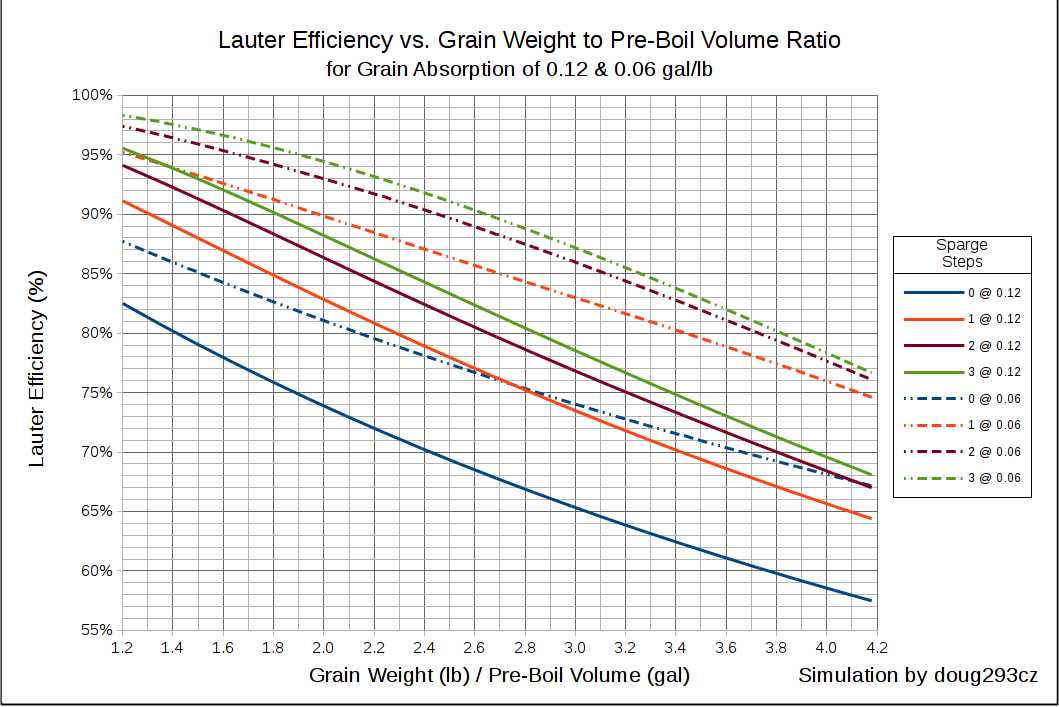I'm gonna take a guess and say that if OP measures the instantaneous runnings SG when he has collected the usual pre-boil volume that he would for a 1 hour boil, the SG will be above 1.050.It really depends on what your last running's OG is. If it's still quite high there is something to be gained from an extended sparge and boil, if it's already mostly water than it's a waste of time and energy at best. I would plan on the extended mash and boil only on a contingency basis by having a couple of gallons extra sparge water ready. When you're nearing your target volume you should take a sample of the runnings, stop the sparge, measure its OG and then decide whether to go with the extended sparge.
@Rob2010SS : are you willing to check this and report back here?
Brew on


























![Craft A Brew - Safale BE-256 Yeast - Fermentis - Belgian Ale Dry Yeast - For Belgian & Strong Ales - Ingredients for Home Brewing - Beer Making Supplies - [3 Pack]](https://m.media-amazon.com/images/I/51bcKEwQmWL._SL500_.jpg)
































